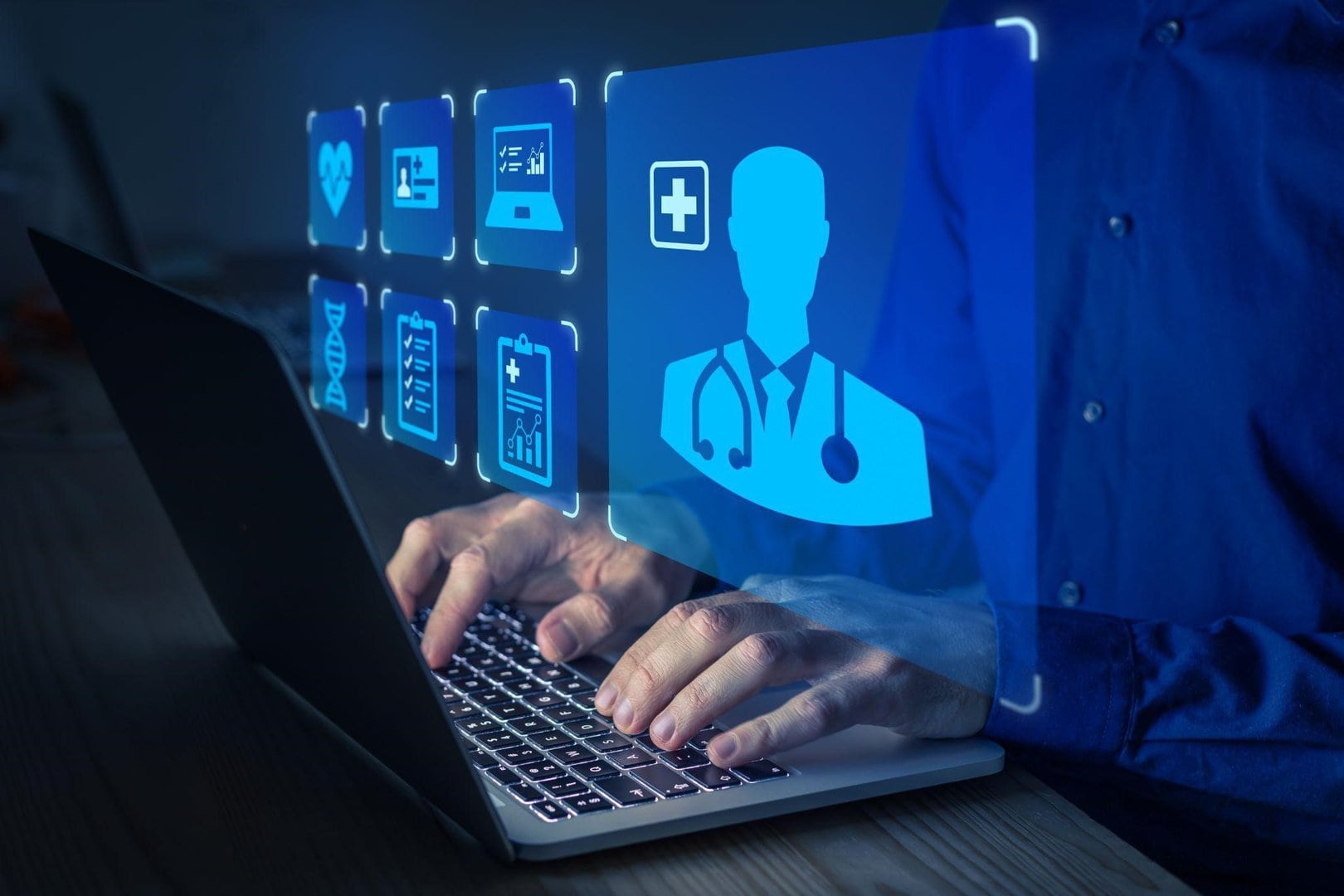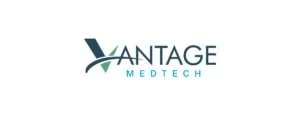
Do you know that under certain circumstances, your software or application can be considered a medical device? This is true even if there is no actual hardware involved — when the software IS the medical device. Knowing when you’ve crossed the line into the medical device space can be confusing. In this blog post, we explore Software as a Medical Device (SaMD) and what you need to do to ensure compliance with FDA Software as a Medical Device or international regulations. Failure to comply with Software as a Medical Device regulations can lead to costly delays in product launch timelines, hefty fines, and tarnished reputations for Software as a Medical Device companies. To avoid these issues, it’s important to understand when and how software becomes Software as a Medical Device—so you know how to approach development with compliance in mind.
What is Software as a Medical Device?
Software as a Medical Device (SaMD) is defined by the FDA as medical device software intended to collect, analyze, or display medical information to diagnose, monitor, or treat medical conditions. When software crosses this threshold and becomes SaMD according to the FDA, it is subject to the same stringent regulations as all other medical devices. This means you’ll have to adhere to more Software as a Medical Device guidance and requirements for development, documentation, and validation than a hardware medical device.
As technology and healthcare evolve, integration of software into medical devices has been a natural progression. Software as a Medical Device is a new category within the medical device space. And now, the introduction of artificial intelligence (AI) and machine learning (ML) into SaMDs has created additional challenges for regulatory bodies, who must ensure that these devices produce accurate results while adhering to stringent safety standards. To help with these efforts, the International Medical Device Regulators Forum (IMDRF) was formed. The IMDRF is a group of medical device regulators from around the globe that have united to harmonize the medical device regulatory framework that vary across countries.
SaMD Categorization
Regulatory bodies, including the FDA, categorize SaMD based on intended use and significance of information provided by the device. For example:
- Class I SaMDs are considered low risk because their intended use does not pose significant risk or harm if used improperly.
- Class IIa SaMDs pose minimal risk but may require more careful monitoring.
- Class IIb SaMDs pose moderate risk but still require proper monitoring.
- Class III SaMDs present higher risks due to their complexity.
- Class IV SaMDs are considered high-risk devices that require rigorous safety protocols to be approved for use.
The IMDRF has been a key player in the development of regulatory guidelines for medical devices. As part of their work, they have established clear criteria to categorize devices based upon the intended use and significance of the information presented. This results in greater clarity around Software as a Medical Device classification, which can help manufacturers and regulatory agencies alike when it comes to product approval and review processes.
Medical device classification always hinges on its intended use. IMDRF suggests outlining the Software as a Medical Device definition statement for a device with three elements:
- Intended medical purposes: The “significance of the information provided by the SaMD to the healthcare decision.” This statement should state if the device is used to treat or diagnose, drive clinical management, or inform clinical management.
- The “state of the healthcare situation or condition” that the Software as a Medical Device is intended to be used for. This should indicate whether the state or condition is critical, serious, or non-serious.
- A description of its basic functionality: Which critical features or functions are “essential to the intended significance of the information provided by the Software as a Medical Device to the healthcare decision in the intended healthcare situation or condition.”
Artificial Intelligence and Machine Learning
Regulatory bodies realize that AI/ML powered medical devices have the potential to make major strides forward in healthcare. But traditional medical device regulations require stagnant device designs — they were not designed for adaptive intelligence. A device with a machine learning feature is programmed to learn, adapt, and get better with time. AI gets better with additional data!
In 2020, the FDA authorized the first of many AI-based SaMD. This clearance was a milestone for the Software as a Medical Device market and shows that regulatory bodies are accepting AI and ML-based medical devices for clinical use without sacrificing patient safety standards. The FDA recently issued guidance relating to Software as a Medical Device regarding categorization and change control plans for constant learning in AI technology. This FDA software guidance provides details on how to mitigate potential risks while still allowing developers the flexibility for innovation and growth. Software as a Medical Device tools help accelerate the discovery, management, and treatment of a wide range of medical issues, automating certain aspects of care to save time.
Benefits of SaMD
Software as a Medical Device offers huge potential to affect major change in the healthcare industry. It can speed up diagnosis, simplify management, personalize treatment, increase access, and automate care to save time and decrease healthcare disparities. Collecting large amounts of data quickly and at a low cost will lead to high-quality healthcare and better health outcomes. Examples of Software as a Medical Device applications include:
- Mobile (App): Digital health is evolving. More and more devices and data collection systems include mobile apps. They connect patients and healthcare providers in ways that were not previously possible. These devices could provide monitoring, alerts, and treatment.
- Software based medical devices: These devices aim to provide greater accuracy and speed up the diagnosis process, making it easier for healthcare professionals to make decisions quickly. This can help reduce misdiagnosis as well as enable remote care. Robotics technology combines multiple technologies like AI, machine learning, and computer vision to help automate processes and reduce errors. They can be used for remote surgery, automated diagnostics, robotic-assisted rehabilitation, medical image processing, and data transmission.
- Hardware medical devices with software: Medical software that is linked to a hardware device but is not for the intended use of the device, is categorized as Software as a Medical Device. These devices are used for monitoring, diagnostics, drug delivery systems, insulin pumps, pacemakers, and defibrillators. Many devices that traditionally were hardware systems have now incorporated software or apps for enhanced features.
Sterling Medical Devices has been developing software for medical devices for 25 years.
Medical device development requires a risk-based approach to software lifecycle management. Our seasoned team holds a wealth of experience and is committed to ensuring the job is completed correctly the first time. Our engineers develop software with and without AI/ML daily. They understand the process, the requirements, and the documentation needed. Our regulatory team provides regulatory oversight, input, and guidance during the entire development process. Whether we serve as your full-time development team or aid your existing team with any area of need—from documentation and testing to risk management or cybersecurity—we will keep you well informed and involved throughout the entire Software as a Medical Device development process as you launch your product into the medical device industry. For expert support with your Software as a Medical Device, please contact us today.





